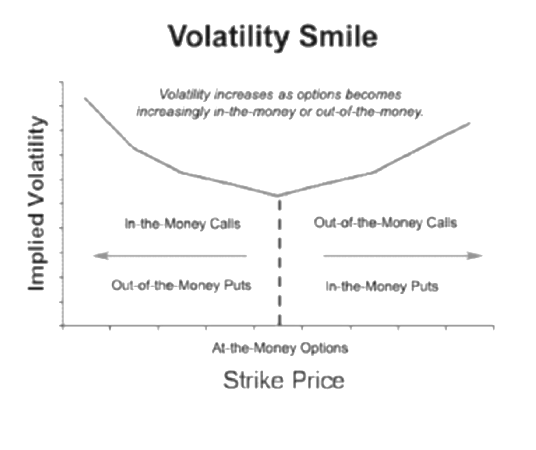Too many people think implied vol is the "volatility" that you think it is. Normally we talk about "volatility" as the measure of how unpredictable the stock movement will be in its magnitude. True.
Now, detach "implied vol" from the definition of "volatility". Now, just imagine that "implied vol" is just a parameter of B-S model. What trades in the market are option prices. There is a relationship between these prices and "implied vol" and this relationship is important when you use B-S model. When you are fixated on the B-S model and you believe this is your bible, then the market prices dictate that there is a smile. This is the reason for the smile.
But seriously what is implied vol? it's just a concept, you can call it anything whatever. It is not the same as real volatility.

